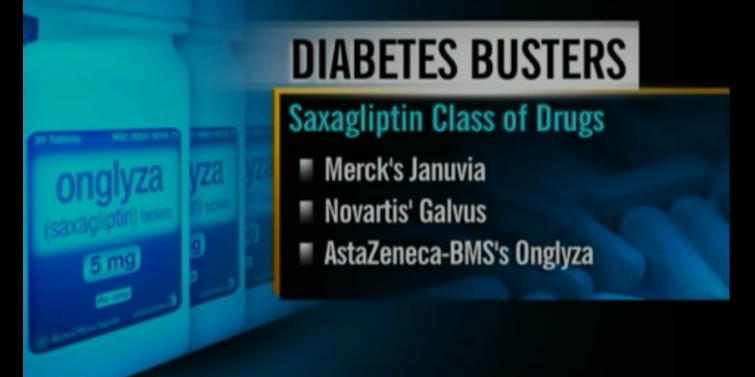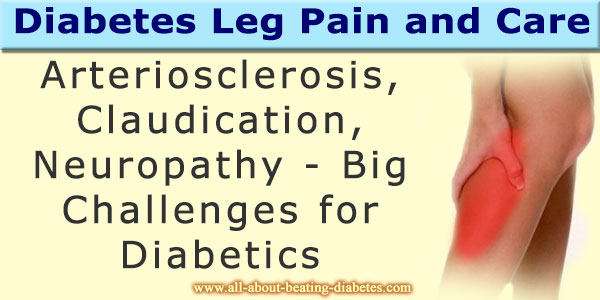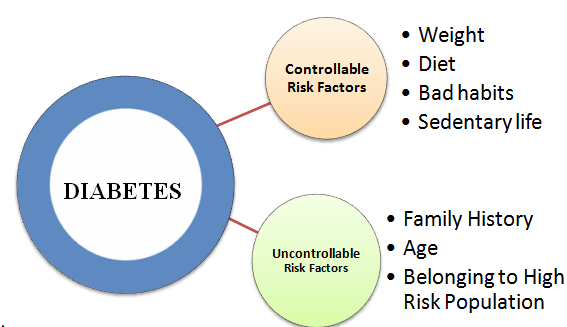Diabetic Coma - definition, etiology
- Home
- Complications
- Diabetic Coma - definition, etiology
The definition and etiology of coma in diabetes?
The
metabolism of glucose is something unique, which becomes altered when
people suffer from diabetes. This is not a problem of a specific organ
but the entire organism will suffer the consequences.
This explains why in most of the cases, if one organ is damaged, the entire body suffers and has problems, not only that particular organ. Coma is one of the most severe complications of diabetes, which may threaten the own life.
There are three different types of coma: hypoglycemic coma, hyperosmolar coma and ketoacidosis. The first two types occur much more often, that’s why you should pay greater attention to them.
1. Hypoglycemic coma is the most common type, which occurs because of insufficiency of glucose. This is commonly met among people who have just found out that they suffer from diabetes and they do not have experience with insulin.
Diabetes is a metabolic disease, where the production of insulin is limited, that’s why people should inject this hormone with a shot. This hormone is responsible for putting the glucose into the cells.Cells needs to have glucose, otherwise they will not exist.
People with diabetes, where the production of insulin is limited or stopped, have great amount of glucose flowing through their blood because it can not enter the cells. However, when people inject insulin the glucose rapidly enters the cells.
Our brain is the tissue that needs glucose CONSTANTLY. There is no other source of power, except glucose. That’s why when the quantity of glucose falls rapidly, the brain tissues has no longer its power source.
This means that brain tissues has to do something to prevent itself from destroying. That’s why it starts to shut down the things that our body will be able to survive without.
The first thing to suffer is our conscious mind. That’s why the first symptom of hypoglycemia and the coma is rapid lost of consciousness. People drop on the ground.
They feel at first shaky, they see blind spots, their arterial pressure rapidly falls. This happens in seconds and after that the person is on the ground. The person could be treated very effectively with simple SUGAR.
If you find a person lying on the street on the ground and he/she has a bracelet saying he/she has diabetes, find something sweet and put it in his mouth (try under the tongue). The results are amazing. The person will be able to stand up in few minutes.
The reason for this rapid lost of consciousness is the rapid decrease in the blood sugar level (because sugar went to the cells because of overusing the insulin).
2. Hyperosmolar coma is a kind of diabetic coma, where the quantity of glucose is constantly high, which causes severe problems to the brain. It is otherwise called Non-ketotic hyperosmolar coma, and in most of cases it is precipitated by an infarct, infection, etc.
The patient does not lose conscious rapidly in this situation; however, the brain is malfunctioning. Neurological signs are the most common related to this kind of coma, including focal seizures, sensory and/or motor impairment, tremors, etc.
The treatment of choice here is by increasing the amount of intravenous fluids intake, balancing electrolytes (according to the lab results), paying special attention to potassium. As it is an emergency, these diabetic coma therapy management should be carried out in hospital.
Last medically reviewed 01/02/2019
References:
Written by Dr.Albana Greca Sejdini, Md, MMedSc
Medically reviewed by Dr.Ruden Cakoni, MD, Endocrinologist
Diabetes complications Questions or Problems? Get Help Here
This is the place where you can ask a question about any aspect of diabetes complications.
It's free and it's easy to do. Just fill in the form below, then click on "Submit Your Question".










